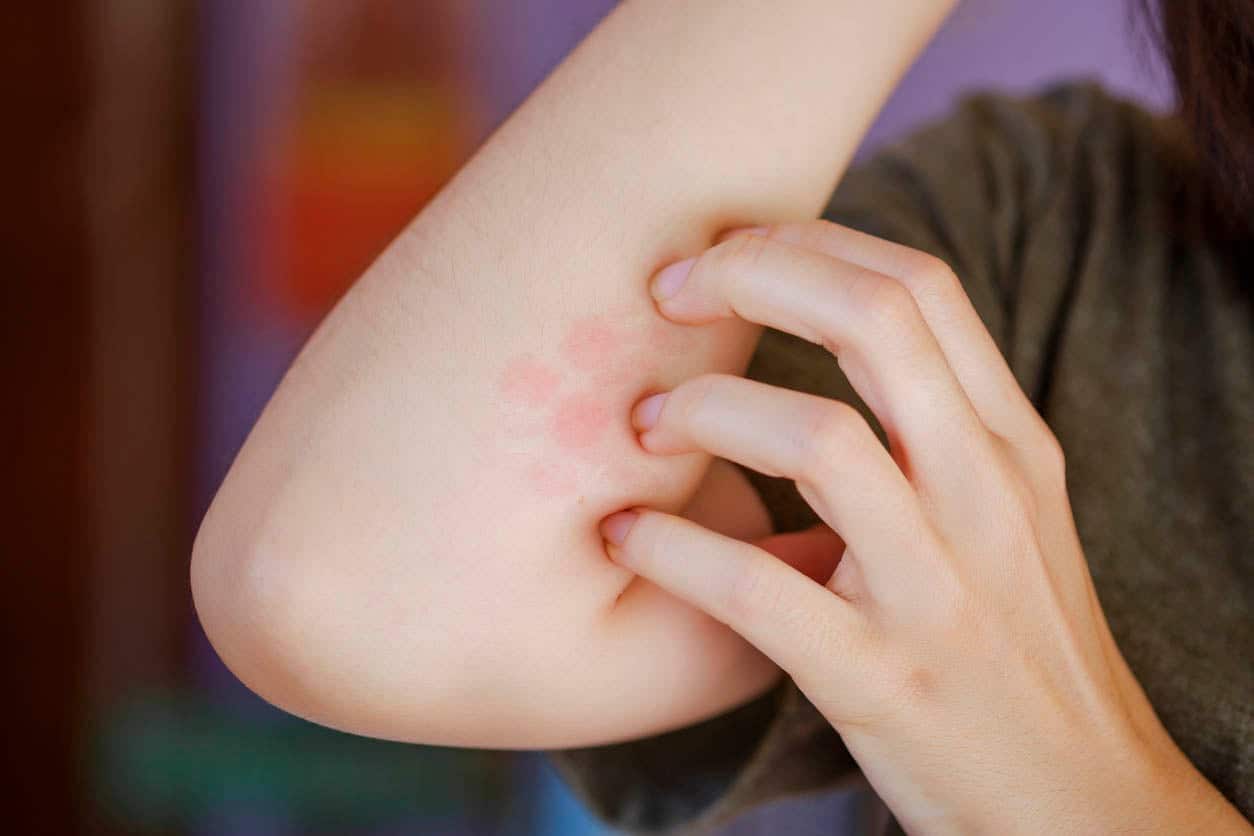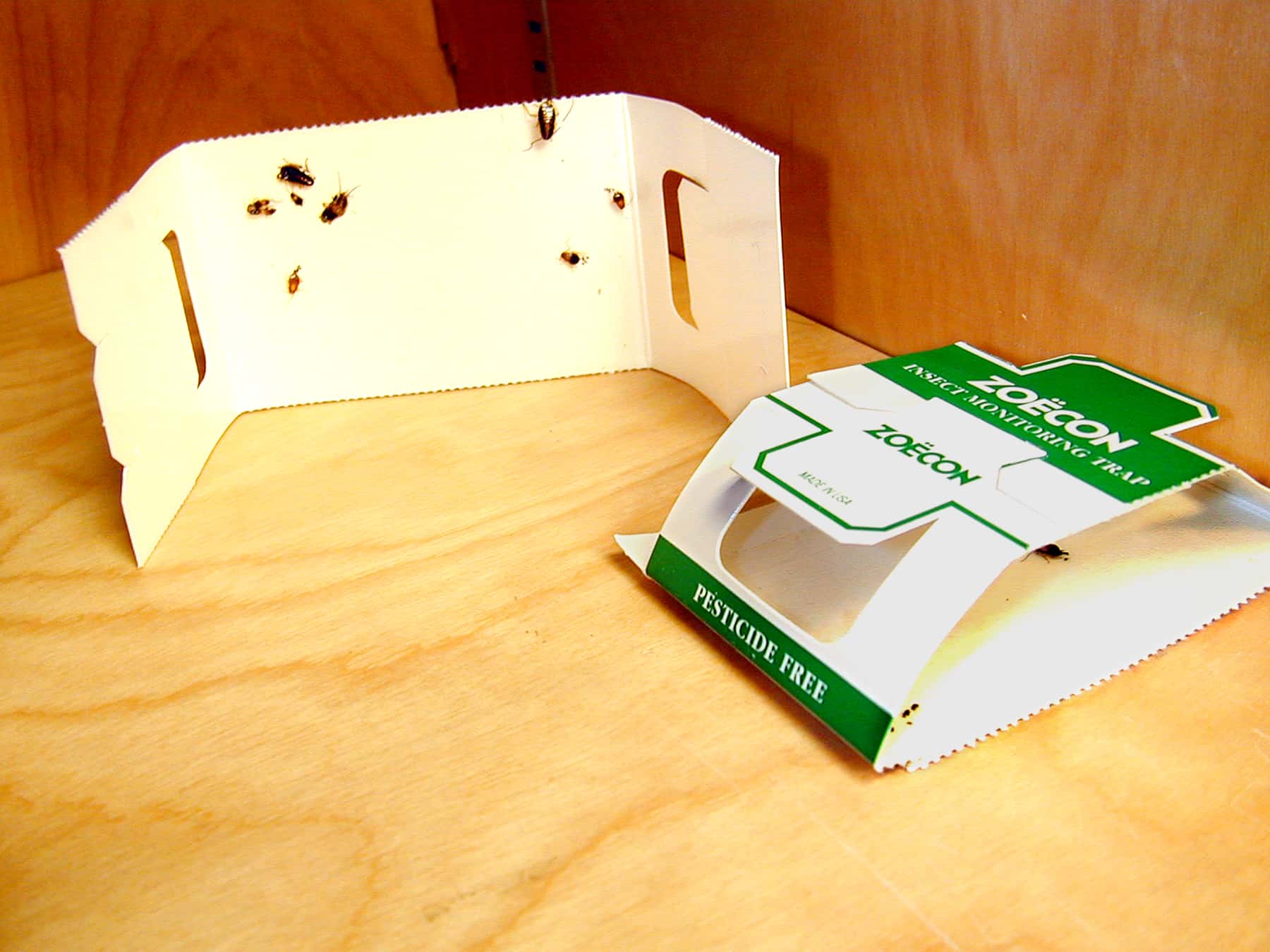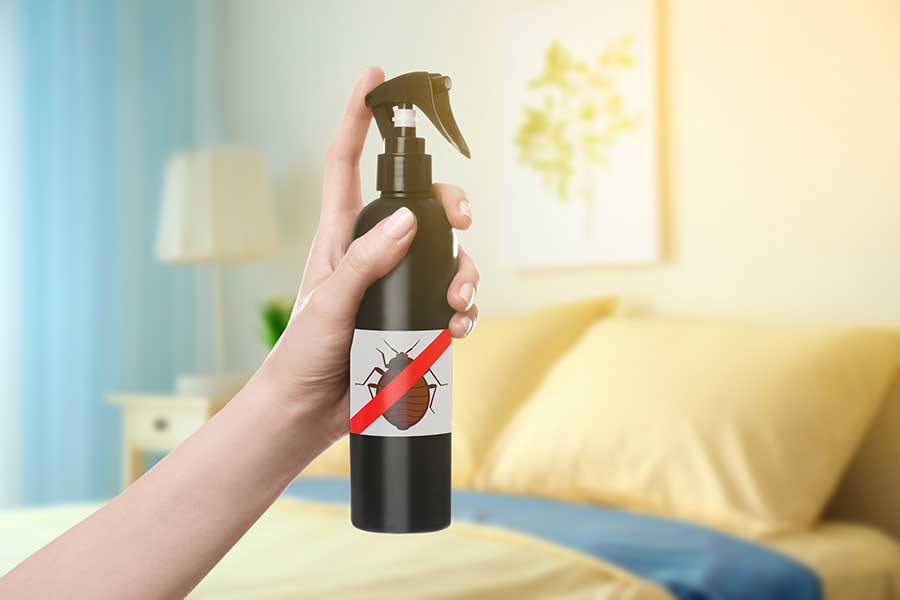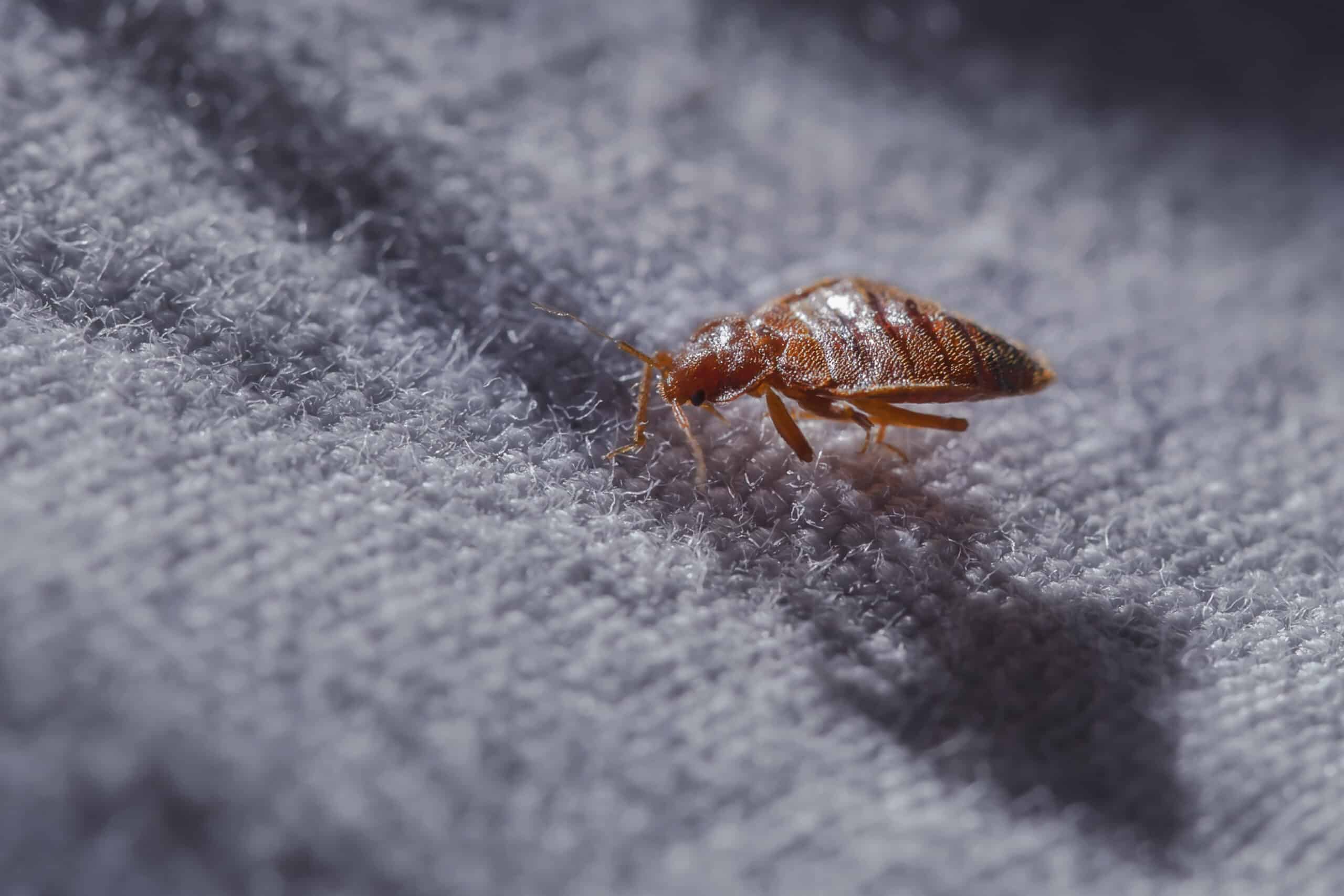Imagine the following scenario: you wake up with a rash. Then, you see the culprit crawling across your bed: a bed bug trying to hurry out of sight. Your heart sinks. You know that you’re in for a very bad time.
Bed bug infestations are notoriously difficult to get rid of, but first, you need to figure out how far spread this infestation is. If you found bed bugs in one place, are they everywhere? It all depends on a couple of factors.
If One Room Has Bed Bugs, Do They All?
Bed bugs are one of the worst pests when it comes to the spread of infestation. Bed bugs can move up to 25 feet per day, so if they really wanted to, so it’s safe to say that you have a high risk of bugs in every room of your home.
However, that doesn’t mean that your infestation took over your entire home quite yet. If your infestation is in the very beginning stages, then it’s quite likely that you caught it as it first took hold of your mattress or living room couches.
It’s important to figure out whether you have a major infestation. Professionals can help, but the truth is that there are a couple of ways to figure out how bad it is.
How Can You Tell Which Rooms Have Bed Bugs?
Many homeowners are better off just assuming all rooms have them and just getting treatment in each room. However, this isn’t always financially feasible. You need to perform an inspection. These tips can help…
1. Check to see who else has been bitten

Credit: bob vila
If you don’t have many couches at home and multiple people have been bitten, then chances are that the bitten people have infested rooms. Anyone who has itching sores on their skin should check for the classic “three dots” mark of a bedbug bite.
If those red bumps look suspicious, you should call a professional pest control company to do an extermination treatment in their rooms as well as any living room couches they tend to sit on.
2. Check for the telltale signs of bed bugs in each room
Bed bugs might be hard to spot at first, but their droppings, casings, and eggs are not. If you notice reddish-brown smears on your bedsheets or couch, then that room is infested with bed bugs. The same can be said of dresser drawers that keep getting clothes dirty.
Another common sign of a bed bug infestation deals with finding remnants of eggs, shell casings, and blood drops. These are typically found in the seams of mattresses, the cracks of sofas, and similarly small crevices.
Bed bug eggs are about the size of an apple seed, but look like white rice or slightly yellowed rice. They can be very small, so these tend to be the hardest to spot. In most cases, smear marks and discolorations are the most likely signs to spot.
Check around joints, headboards, baseboards, and bedding to see if you notice any unexplained stains. If you notice smears or even see bed bugs in other rooms, it’s safe to assume other rooms have them.
3. Lay out glue traps to figure out which rooms have them

Credit: citybugs
Glue traps are one of the most reliable ways to figure out whether you have bed bugs, but you may have to wait up to five days for one of them to stumble into one. The way this works is simple: you put glue traps in crevices near sofas, beds, or rugs.
If you have a sofa or bed that stands up on tallish legs, then you may want to use bed bug “cup” traps. Bed bugs crawl down the table leg, but they can’t get back up with these traps. So, they remain in the cups until you remove them. They can’t hide like that!
If your traps pick up bed bugs in a room, then you have bed bugs. If they haven’t done much trapping, move the traps to a slightly different location to see if it was just a matter of these insects being sneaky.
PRO TIP – Lay several traps near your mattress’s box springs, or near your bedroom’s bed frame. They tend to move and migrate near these areas when they’re trying to figure out where to get more bites.
4. It’s okay to assume that late-stage infestations have spread to all other rooms
When we say late-stage infestations, we mean that you can smell bed bug residue and that you’ve already tried to get rid of them with bug bombs and other chemicals to no avail. This usually means that you have way more bed bugs than you think.
How Can You Prevent the Spread of Bed Bugs from Room to Room?
If you have reason to believe that you have bed bugs in only one or two rooms, you need to act quick. Here’s what you need to know:
1. Yes, you need a professional exterminator for bed bugs
Most fogger bug bombs and similar OTC pest management devices will not be effective enough to get rid of bed bugs on their own. You need professional-grade poison or heat treatment to get rid of them.
The sooner you get pro pest control, the less likely it is that bed bugs will spread. Make sure to keep evidence of bed bugs (such as a bug in a jar) to show the exterminator. In some states, it’s actually illegal to treat for bed bugs when no evidence is there.
2. Prevent the spread to clothing and other rooms by putting fabric items in a sealed plastic bag
The biggest issue you will have is trying to make sure that bed bugs don’t nest in your clothing. They are great hitchhikers, so you will need to make sure that you isolate them. You can do this by sealing clothing in a vacuum bag, and heat treating the bags in the dryer.
For the duration of the infestation, you will need to use clothing from one bag–and one bag only. Until your bed bug problem is gone, you need to isolate your clothing so that you do not get them spreading.
The less clutter you have, the less likely you will get bed bugs spreading. Now would be a good time to get a lot of your items into a plastic bag—one that can be vacuum-sealed, ideally. Bed bugs will die without exposure to oxygen after eight hours.
3. Avoid spraying and fogging insecticides unless otherwise directed by a professional

Credit: dugaspestcontrol
Foggers might be popular insecticides, but they come with a bad catch. Many foggers will just push bed bugs to hide from the fog. This can lead them to scuttle deeper in cracks and crevices, or worse, it could make them run to another room.
Using foggers and similar “gassy” chemicals can backfire by missing the main infestation while making bed bugs flee. As a result, we do not suggest using gas-based chemicals to kill bed bugs unless you are instructed to do so by a pest control expert.
4. Use bed bug interceptors on couches, beds, and chairs
These are the “cup” traps we mention before and they are your first line of defense against bed bug spread. Bed bugs will try to climb down smooth surfaces, but they can’t climb back up. That’s what makes these interceptors so good for bed bug infestations.
5. Sleep in the infected beds (Sorry!)
It’s true. If you choose to sleep in a bed bug-free bed in another room, you could end up carrying the bugs over to the new bed. Don’t do it. Bed bug bites are horrible, but with hope, you’ll have a clean home in no time.
6. Vacuum, vacuum, vacuum!
Part of taming a bed bug problem is making sure that you keep the area clean. This includes using a vacuum to remove any eggs that have been laid and any casings that could attract more bugs to your home.
The more frequently you clean your carpets, mattresses, and fabric goods, the more likely it is that you will prevent the spread of bed bugs to other room.
In Conclusion…
While this is never the news people want to hear, bed bug infestations are often best assumed to be throughout the house. Unless your home has only recently started to show signs of bed bug infestation, you should get every room in your house treated.
Above all, don’t wait for them to spread to other rooms. Curb the chances of spreading bugs to others by taking every precaution you can and keeping your home as clean as possible. Unfortunately, this may still take time to remediate, so be patient.
